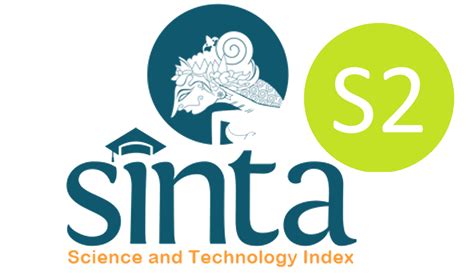Jurnal Pendidikan Geografi: Kajian, Teori, dan Praktek dalam Bidang Pendidikan dan Ilmu Geografi
Abstract
The villages in the Slamet mountain area has two exciting sides, as it carries abundant potential but is prone to disasters. Fascinatingly, the local community can transform disaster-prone villages by hammering the development of potential natural tourism potential, bringing benefits for nature conservation and economic resilience. Therefore, this study aims to describe the disaster-prone village’s processes in developing their tourism potential into a source of socioeconomic and cultural resilience, as well as safe tourism. This qualitative research used purposive sampling for selecting the informant, while the data collection methods were carried out through in-depth interviews, observations, and focus group discussions (FGDs). Then, the interactive data analysis methods were adopted in analyzing the data, while data validity was examined through triangulation. The results show that the key to success in developing disaster-prone villages into safe tourism and environmental preservation is determined by community resilience and leadership, the development of pro-disaster villages into tourism potential with a social, economic, cultural, and environmental safety net, the success of village institutions to encourage community change. This study concludes that disaster-prone villages in the mountainous region of Slamet can turn threats into potential benefits for rural communities. Therefore, the presence of disaster areas is needed not only for concepts but as an example of implementations that benefit local communities.
Recommended Citation
Tobirin, Tobirin; Hongwiset, Sunee; Rokhman, Ali; Rosyadi, Slamet; and Seang, Song
(2024)
"A lesson learned from the success of disaster prone village transformation into a socioeconomic cultural safety net and environmental conservation,"
Jurnal Pendidikan Geografi: Kajian, Teori, dan Praktek dalam Bidang Pendidikan dan Ilmu Geografi: Vol. 28:
No.
2, Article 3.
DOI: https://doi.org/10.17977/um017v28i22023p145-157
Available at:
https://citeus.um.ac.id/jpg/vol28/iss2/3




